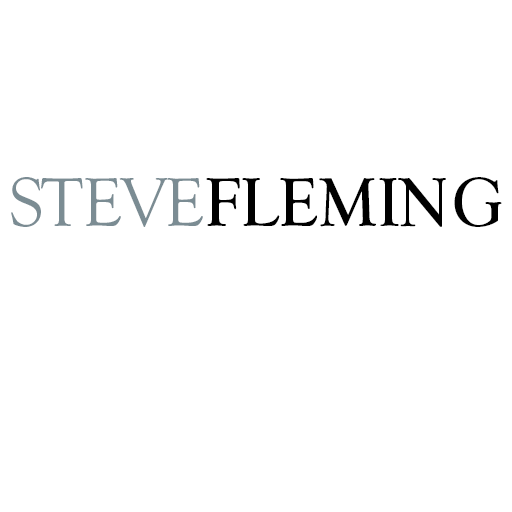
In today’s blog, I am going to talk about the point of view and the idea of why you want to paint the painting. Most of us start off our painting adventures with an image, paper, and paint and try to copy the image to the best of our abilities. The result of these efforts, in my case, were usually dry, boring, and less than inspired paintings, which lacked my personality and point of view. Today, I try to look at an image and begin the painting with the thought, what about the image do I want to express, or what about the image makes me want to paint it. It can be simply that I like the color of the light, I like the light on the roofs, or the cast shadows are really interesting. I want to make sure that the finished piece reflects this core idea or else I know I will feel like I have missed the boat. I like to plan the painting with the end in mind; what do I want it to look like when it is finished. I never start a painting thinking, gee, I wonder if I can paint that tree or that surf, that is too limiting in my opinion. For today’s painting, I am going to show you an image, a nice one, that I took through the front window of my car a few years ago on a crisp, sunny winter morning here in Virginia. All I have really changed in the image is that I have brought the image closer into the picture plane and really focused on the lovely shadow across the road. I wanted to capture the blended edges between the tree forms, the form shadow on the snow-bank on the left, and the cast shadow across the road. If you squint your eyes at the painting you will see that the painting breaks down into three shapes, tree mass and shadows, snow, and sky. This is a very simple composition and it is the way you want to start your painting, thinking of major shapes. Try to break your painting down to 3-4 major shapes and always paint a painting with good light and shadows. Flat paintings without good light are really hard to pull off.

I kept the image simple and ran a nice blue wash of cobalt and cerulean blue for the sky leaving the bottom of the paper white, and I let it the blue sky set up for a few minutes and then painted in the tree mass using a mixture of burnt sienna, permanent rose and cobalt blue. I held off on the dark solid trees until the sky dried. I painted the shadows with a mix of cobalt blue, permanent rose and then added some burnt sienna to make the shadows darker. These shadows are painted with side of a large round brush. The detail trees are painted with a small white sable rigger. I think the painting focuses on the light and shadow of the image and has a nice winter cold feeling. Your paintings should express a feeling, mood or story, you are artist, not just picture makers


Hi Steve,
I’m very happy you are posting again in your Blog.
Your instruction/advice is always inspiring and so helpful. Keeping it simple, seeing the big shapes, is such a good fundamental lesson to be learned! Thank you!
With appreciation,
Elizabeth
Thank you Elizabeth, keep checking back I am trying to post something every week.
Thanks for the story. I will visit your blog
Good morning Steve. I really liked this lesson where you teach us the basics of painting a scene looking for the interesting and main masses and the light and shadow contrast. Thank you for your kindness to show us your magnificent gifts as an artist and teacher. A tender greeting. Mercedes